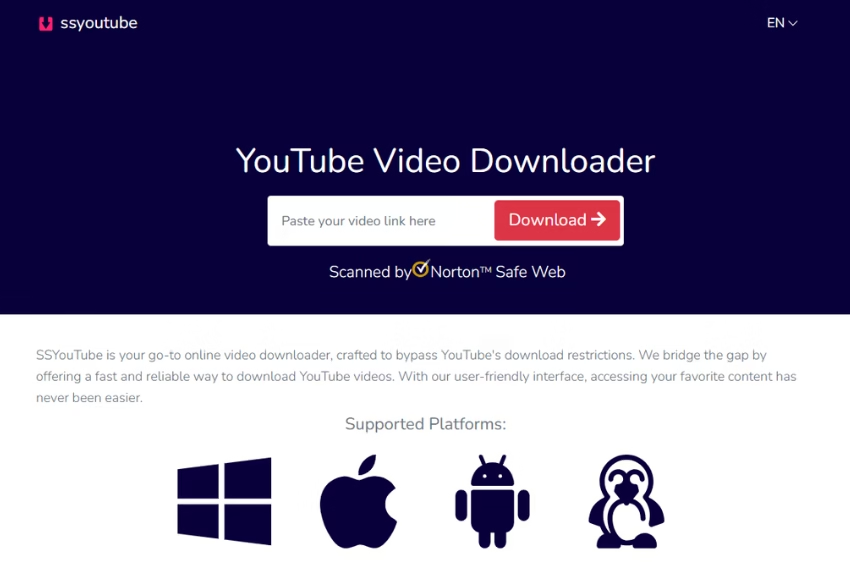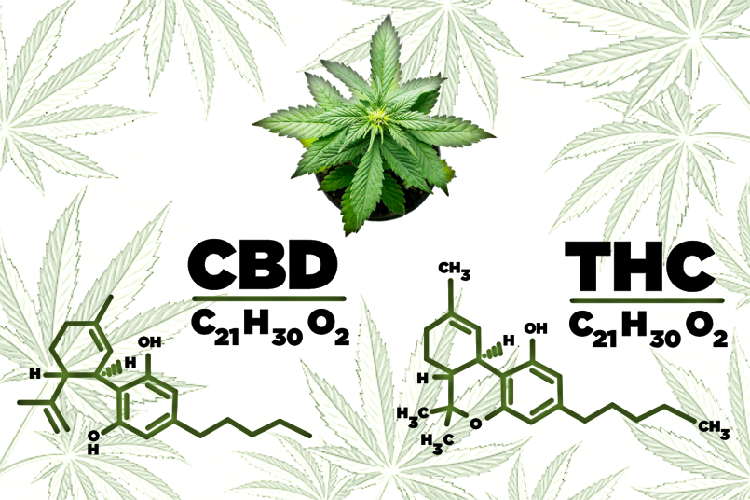Naltrexone is an opioid receptor antagonist primarily used in higher doses (50mg or more) to treat opioid and alcohol dependence. Low-Dose Naltrexone (LDN), typically in doses ranging from 1.5mg to 4.5mg, has been studied and utilized off-label for a variety of conditions, particularly those involving immune system dysfunction and chronic pain.
Mechanism of Action
In low doses, naltrexone functions differently compared to its use in addiction therapy:
Immune Modulation:
- Opioid Growth Factor Receptor (OGFr): LDN temporarily blocks OGFr, which regulates cell growth. This blockade triggers a rebound effect that increases endorphin and enkephalin production, enhancing immune function.
- Toll-Like Receptors (TLRs): LDN may inhibit TLR4, reducing the inflammatory responses often seen in autoimmune conditions.
Endorphin Production:
LDN increases the production of endogenous opioids like beta-endorphins, which play roles in pain modulation and immune system regulation.
Microglial Inhibition:
LDN may inhibit the activation of microglia, the central nervous system’s primary immune cells, which are involved in neuroinflammation. This action is beneficial for conditions like multiple sclerosis and fibromyalgia.
Clinical Applications
LDN has been studied for its potential benefits in various conditions, including:
Autoimmune Diseases:
- Multiple Sclerosis (MS): LDN may reduce the frequency and severity of MS flare-ups by modulating the immune response.
- Crohn’s Disease: Studies suggest LDN can reduce inflammation and promote healing in the gastrointestinal tract.
Chronic Pain Disorders:
- Fibromyalgia: LDN has shown promise in reducing pain and fatigue by modulating neuroinflammation and increasing endorphin levels.
- Complex Regional Pain Syndrome (CRPS): LDN may alleviate pain by reducing microglial activation.
Cancer:
Preliminary research indicates LDN could inhibit cancer cell growth and improve immune system responses to tumors.
Neurodegenerative Diseases:
Conditions like Alzheimer’s and Parkinson’s disease may benefit from LDN’s neuroprotective and anti-inflammatory effects.
Research and Evidence
While anecdotal reports and small studies support the use of LDN, large-scale randomized controlled trials are limited. Some key studies include:
- MS and Quality of Life: A study published in Annals of Neurology found that LDN improved quality of life in MS patients.
- Crohn’s Disease: Research in The American Journal of Gastroenterology indicated that LDN reduced clinical activity and inflammation in patients with Crohn’s disease.
- Fibromyalgia: A study in Pain Medicine reported significant pain reduction in fibromyalgia patients treated with LDN.
Naltrexone 4.50mg Uses
Naltrexone 4.5mg is primarily used to treat alcohol use disorder (AUD) and opioid use disorder (OUD). Here are some key uses of naltrexone:
- Alcohol Use Disorder (AUD): Naltrexone is used to help individuals with alcohol dependence stay alcohol-free. It works by reducing cravings for alcohol and blocking the pleasurable effects of alcohol if it is consumed.
- Opioid Use Disorder (OUD): Naltrexone is also used to treat opioid dependence. It works by blocking the effects of opioids and reducing cravings, helping individuals maintain abstinence from opioids.
- Chronic Pain: Low dose naltrexone (LDN), which refers to a dose of naltrexone that is approximately 4.5mg, has been used off-label for the treatment of chronic pain. LDN at low doses has shown potential analgesic and anti-inflammatory effects, although more research is needed in this area.
How Naltrexone Works
Naltrexone works by blocking opioid receptors in the brain, which reduces the effects of opioids and alcohol. This mechanism of action is why naltrexone is commonly used in the treatment of opioid addiction and alcohol use disorder. However, it is important to note that low-dose naltrexone (LDN) is often used off-label for conditions like autoimmune diseases and chronic pain.
Naltrexone 4.5mg Benefits
Naltrexone, particularly in a low dose of 4.5 mg, is often used off-label as Low Dose Naltrexone (LDN). It has been investigated for various benefits, including:
- Chronic Pain Management: LDN is known to help with conditions like fibromyalgia and chronic fatigue syndrome by modulating the immune system and reducing inflammation.
- Autoimmune Diseases: Conditions such as multiple sclerosis, Crohn’s disease, and rheumatoid arthritis may benefit from LDN. It is thought to reduce the autoimmune response and alleviate symptoms.
- Mental Health: There is some evidence that LDN may help with depression and anxiety by affecting neurotransmitter levels and reducing inflammation.
- Cancer: Some studies suggest that LDN might have potential benefits in cancer treatment by enhancing the body’s immune response to cancer cells.
- Anti-Inflammatory Effects: LDN is believed to reduce pro-inflammatory cytokines, which can be beneficial in various inflammatory conditions.
- Opioid and Alcohol Dependence: Naltrexone is traditionally used in higher doses for addiction treatment, but even in low doses, it may help reduce cravings and dependency.
- Weight Management: Some studies indicate that LDN can help in weight management by reducing appetite and cravings, particularly for sugar and carbohydrates.
Common Side Effects of Naltrexone
Naltrexone, especially at the low dose of 4.5mg often used in Low Dose Naltrexone (LDN) therapy, can have various side effects. While many people tolerate it well, some may experience side effects. Common side effects include:
Digestive Issues:
- Nausea
- Vomiting
- Diarrhea
- Abdominal pain
Neurological Effects:
- Headache
- Dizziness
- Fatigue
- Difficulty sleeping
Psychological Effects:
- Anxiety
- Depression
- Mood swings
Other Side Effects:
- Joint and muscle pain
- Flu-like symptoms (e.g., chills, fever)
- Skin rash or itching
Most side effects are mild and often diminish over time as the body adjusts to the medication. However, if any side effects persist or worsen, it is important to consult with a healthcare provider.
Managing Side Effects
To manage the side effects of naltrexone effectively, consider the following tips:
- Hydration: Drinking plenty of water can help manage nausea and headaches.
- Small, Frequent Meals: Eating small, frequent meals can reduce nausea and help maintain energy levels.
- Over-the-Counter Medications: Using over-the-counter medications for headaches and minor aches can provide relief.
- Regular Monitoring: Regular check-ups with a healthcare provider can help monitor side effects and adjust the dosage if necessary.
- Rest and Sleep: Ensuring adequate rest and maintaining a regular sleep schedule can help manage fatigue and insomnia.
- Open Communication: Communicating openly with healthcare providers about side effects can lead to better management strategies and adjustments in treatment if needed.
What is the recommended dosage schedule?
The recommended dosage schedule for naltrexone can vary depending on the condition being treated. Here are some general guidelines:
- For alcohol use disorder (AUD) and opioid use disorder (OUD), the usual dosage of naltrexone is 50mg to 100mg per day.
- Low dose naltrexone (LDN) refers to taking a dose that is up to one-tenth, or 10%, of the dose usually taken for opioid addiction. A low dose of naltrexone is approximately 4.5mg per day.
- It’s important to note that low dose naltrexone is not commercially available in the 4.5mg dosage. Some patients may attempt to break or dissolve 50mg tablets to achieve the desired dose, but this can lead to variability between doses and decrease the efficacy of the treatment.
- The dosage of naltrexone may be adjusted based on individual response and tolerability. It is recommended to follow the guidance of a healthcare professional for personalized dosing instructions.
Please consult with your healthcare professional for specific dosage recommendations tailored to your condition.
How long does it take to work?
The time it takes for naltrexone to work can vary depending on the individual and the condition being treated. Here are some general guidelines:
- For alcohol use disorder (AUD), naltrexone can start to reduce cravings and help control alcohol dependence within a few days to a few weeks of starting treatment.
- For opioid use disorder (OUD), naltrexone can begin to block the effects of opioids and reduce cravings within 1 to 2 hours after taking the medication.
What happens if a dose is missed?
If a dose of naltrexone is missed, it is generally recommended to take the missed dose as soon as possible. Taking a double dose to make up for a missed dose is not recommended. If you have any concerns or questions about missed doses, it’s best to consult with your healthcare professional for guidance.
Is it safe to take with alcohol?
The interaction between naltrexone and alcohol is generally considered safe. However, it’s important to note that naltrexone is primarily used to treat alcohol use disorder (AUD) and opioid use disorder (OUD), and it is typically recommended to avoid alcohol while undergoing treatment for these conditions. Alcohol can interfere with the effectiveness of naltrexone and may increase the risk of relapse. It’s always best to follow the guidance of your healthcare professional regarding alcohol consumption while taking naltrexone.
Conclusion
Naltrexone at 4.5mg, known as Low-Dose Naltrexone (LDN), offers a promising off-label treatment for a variety of chronic and autoimmune conditions. Its unique mechanisms—immune modulation, endorphin production, and microglial inhibition—provide multiple pathways for therapeutic benefits. However, further research through large-scale randomized controlled trials is essential to establish its efficacy and safety comprehensively.






